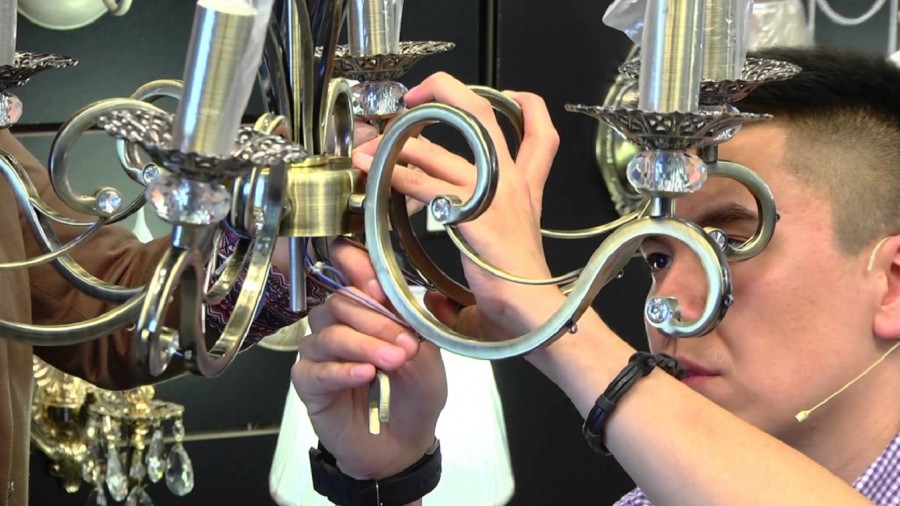Connecting a chandelier with a fan in stages
Today there is a huge selection of lamps and chandeliers with a variety of bells and whistles. The problem of connecting them is quite relevant, but not always everything is limited to two wires. Therefore, the first thing you need to pay attention to when purchasing such a lighting device is the presence of instructions in the box with the chandelier.
In some cases, it happens that the manufacturer doesn’t particularly bother with the packaging, but you seem to like the product. A dilemma arises - how to connect it? Below we will analyze the various connection options.
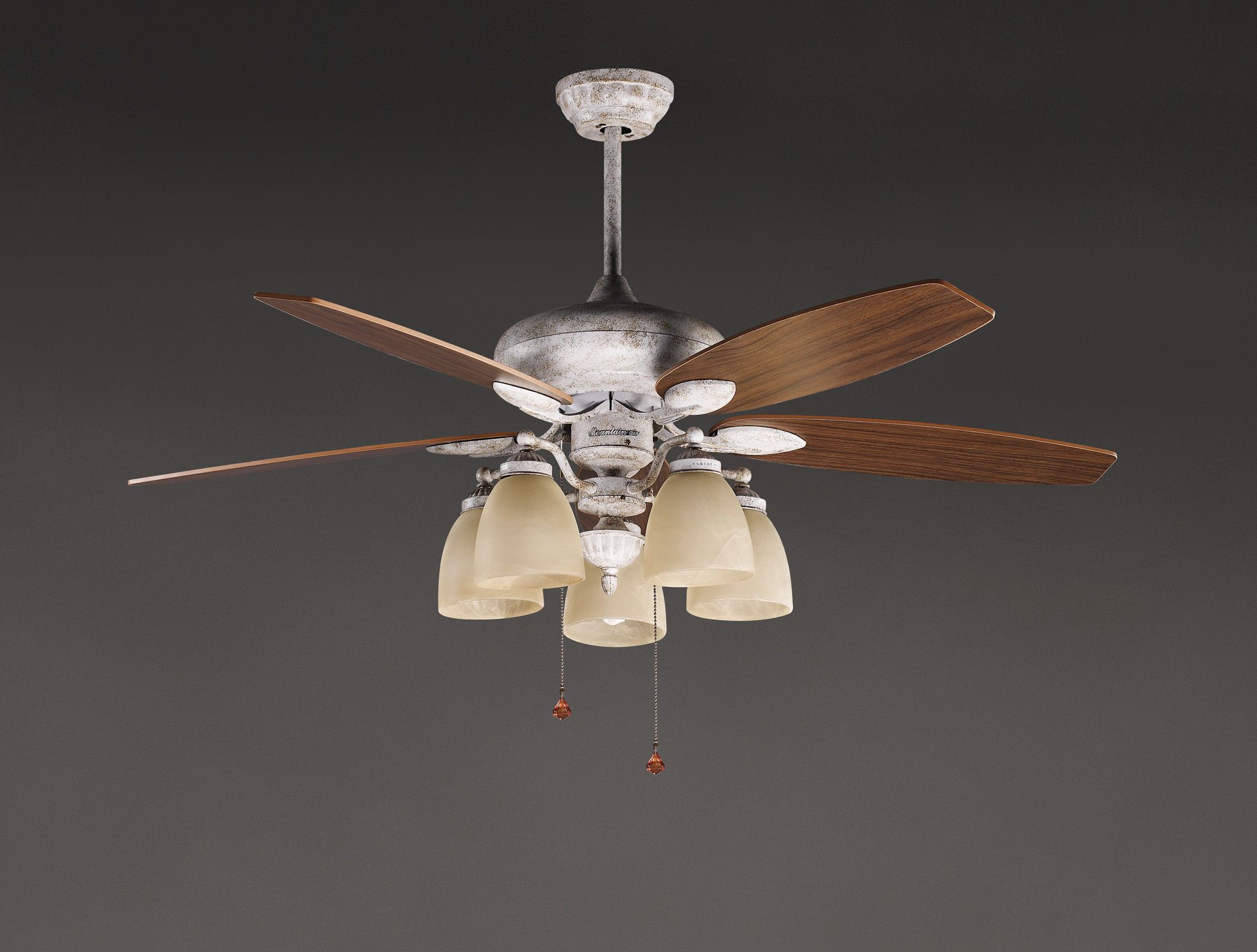
The content of the article
Types of chandeliers
It is virtually impossible to consider each connection diagram separately, since each individual manufacturer uses its own scheme - here, as they say, “every gopher in the field is an agronomist.” However, the products themselves can be roughly divided according to the operating principle into the following subgroups:
- with direct inclusion of elements;
- with separate switching;
- with support for several modes of rotation of the blades and lighting of the chandelier;
- with sensors that allow the device to respond to movement;
- with a separate control unit that allows fine tuning;
- combined options.
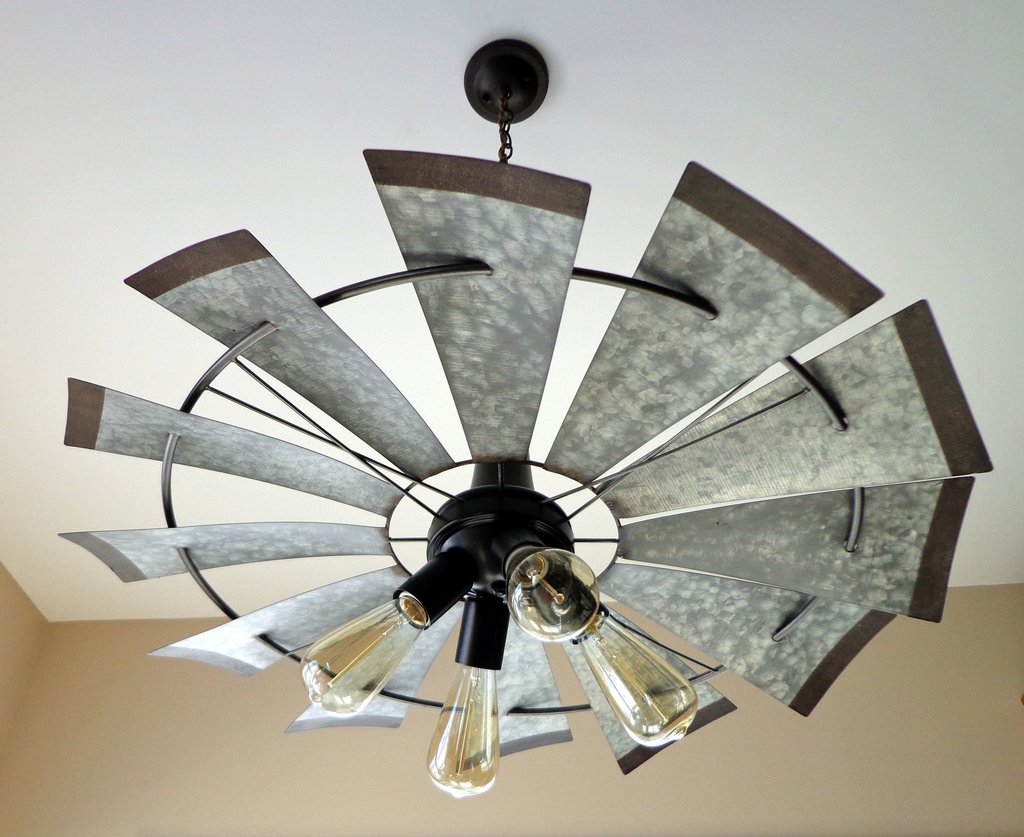
The simplest model is representatives first the above group, since their connection is actually no different from a conventional lighting fixture, except that you also have to take into account power going to the fan. Control is carried out using a switch with one key, that is, in fact, such a device has only two modes - “turn on” and “turn off”.
What determines the complexity of connection?
It is worth noting that the more functions such a chandelier implies, the more difficult the connection is likely to be. May be required replacement already mounted single-key switch to a two-key switch, otherwise you will have to either change wiring, or return the product to the store.
In a word, depending on the chosen product, its connection diagram also changes. In this case, the iron rule applies - have a clear idea of what you are connecting to what now. Otherwise, it is quite possible to achieve “amazing” results in the form of a short circuit and burnout of the wiring. And further - All installation work should be carried out with the power supply disconnected., without hoping for “maybe”.
The simplest scheme
If connected correctly via single-key The switch immediately turns on the chandelier and fan. It is produced as in the case of an ordinary chandelier, without any “bells and whistles” and frills; there is nothing special to describe here. The main thing is not to confuse “zero” with “phase” when connecting the switch itself.
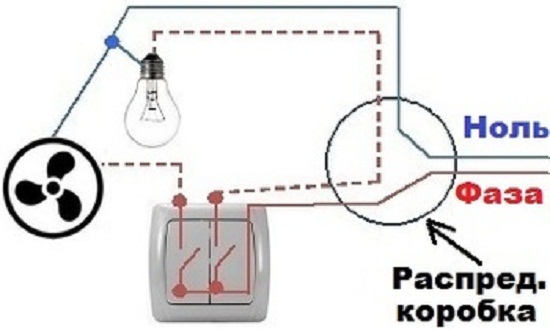
The simplest connection of a chandelier with a fan
In this case, you will need to separately supply power to the chandelier itself and to the fan, from different switch keys, and there must be at least two of them. If there are several lamps on one switch with a bunch of keys, then more complex solutions are possible - turning on all the chandeliers at once or separately, together with fans or separately.
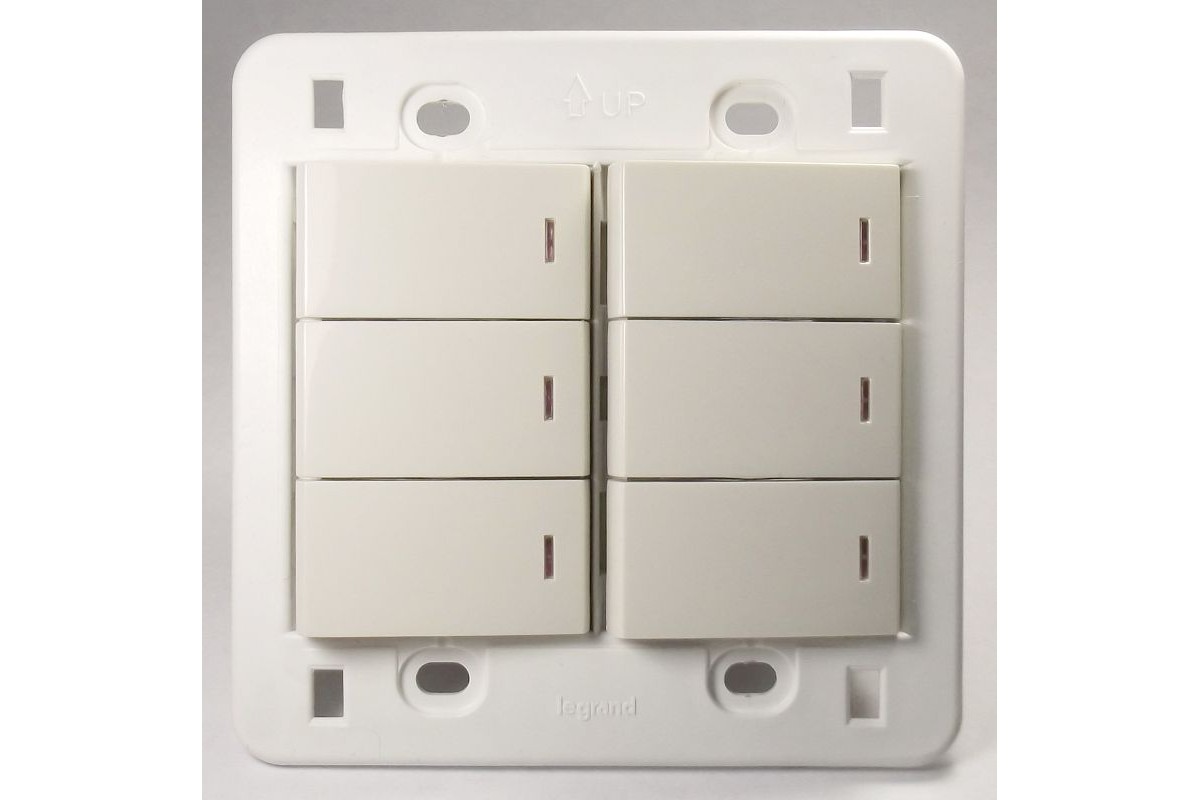
Multi-button switch for complex connection options
Types of grounding
When connecting a chandelier, the type of grounding in the home plays an important role. To determine it, sometimes it is enough to remember how long ago the house was built and when the wiring in it was changed. For example, in old houses where the wiring has not been changed in a modern way, the type of grounding, as a rule, TN-C.
To make it clearer what we are talking about, this grounding involves running two wires into the apartment - “zero” and “phase”. At the same time, please note that the conductors N, PE (“working zero” and “ground”) are combined. It is enough to correctly connect the conductors on the terminal box for the chandelier to function normally. Such grounding is potentially dangerous if the “zero” is broken due to the possibility of linear voltage appearing on the housings of electrical appliances.
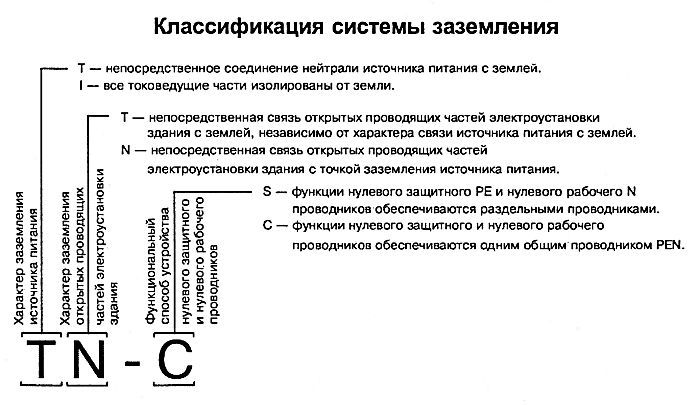
In new houses there is a different grounding scheme - TN-S, it is somewhat more complicated. In addition to the already two existing wires “phase” and “zero”, a ground wire is added, which is similarly brought into the apartment - the so-called “protective zero”. This solution is the most relevant at the present time. This is due to the fact that the emerging conductor P.E. (“protective ground”) allows you to ground all electrical appliances that are present in the apartment, while equalizing their potentials. The grounding itself can be located directly at the substation supplying the house.
Only modern devices can connect to this circuit, and not all of them. If there are three wires on the lamp, but the wiring in the house is old, there is no need to be upset. The chandelier will work normally without grounding. But if the house has a new type of grounding (TN-S), then it is better to purchase a modern chandelier with a three-wire wire.




